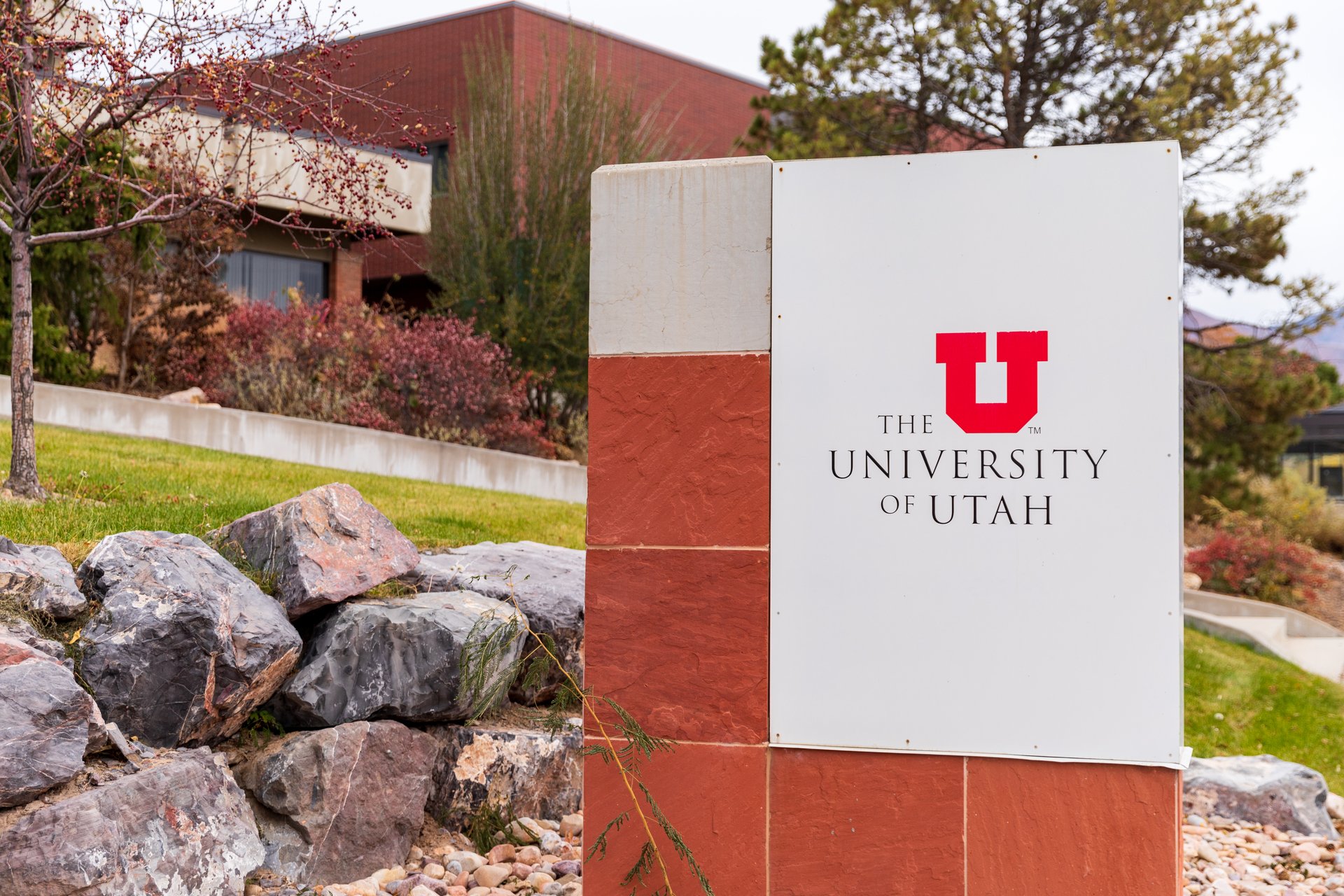Good evening, and thanks for spending part of your day with Extra Points.
You’ve probably seen this by now, but on Wednesday afternoon, Yahoo! Sports reported that a small group of Big Ten presidents had preliminary conversations about potentially expanding with some combination of Oregon, Washington, Cal, and Stanford. Multiple other outlets, like SI and The Athletic, confirmed the report.
I did a little reporting on the Big Ten’s initial conversations with Oregon and Washington last year. After calling around the industry on Wednesday, here’s a little extra color and context that I can share about What I Am Hearing regarding the Big Ten and expansion:
This is not a new conversation
Multiple sources with direct knowledge of the situation have told me that internal conversations within the Big Ten, with administrators, Big Ten staffers, etc., about expanding are not new. Oregon and Washington were considered last summer, and Big Ten leaders have ‘run numbers’ on other potential candidates as well. This particular sub-group of presidents is new, as is the reported instability with the Pac-12, but the conversations themselves, I’m told, are not.
You’ve probably seen this referenced in other stories about the conversations, and I’ve been told pretty similar language: this is more about the Big Ten doing “due diligence” than it is about trying to quickly take advantage of a poaching opportunity. Remember, Oregon and Washington weren’t added last year for a reason.
The TV math is much more complicated than you might think
Big Ten leaders need to consider a few different financial variables when considering expansion. They need to figure out what new and existing TV partners will pay for the increased inventory, what conditions will be required around that inventory, and what expansion will do for travel and operating costs.
I’m told that additional West Coast expansion would likely require the Big Ten to bring in a 4th TV partner, as the three existing partners wouldn’t be able to completely absorb all of the new inventory, but the industry people I’ve spoken to, in and outside the Big Ten orbit, were very confident that finding the right partners and the right price would not be difficult. Reworking deals with existing TV partners would also be a significant lift, but not impossible, I’m told.
The bigger challenge, I’m told, is in executing a newer TV deal.
Adding multiple West Coast schools would open up potentially lucrative new TV windows for the Big Ten, both in the late-night football time slot, and late-night weekday college basketball.
But how valuable those windows become depends, in large part, on who plays in those games. As one media industry professional told me, “nobody wants to pay top dollar to broadcast Cal-Washington seven different times,” an assessment that feels particularly accurate given the soft market demand for a Pac-12 TV deal full of exactly that type of game. The real value of that new Big Ten TV time slot is that it would also involve many other Big Ten teams.
Multiple big-time Big Ten football programs, like Ohio State and Penn State, threw a fit over playing night games, at home, late in the season. Are those teams going to be okay with playing a football game every other season at 10:00 ET? Or basketball games at 9:30 every season? Can the Big Ten manage to convince ESPN or Apple to pay real money for a slate of Stanford/Maryland or Oregon/Purdue games?
Even with any newcomer earning only partial shares for the immediate future, Big Ten leaders will need to think long and hard about what kinds of athletic sacrifices their coaches and fans are willing to make in the name of maximizing broadcast revenue. There will be tradeoffs.
The travel is also complicated
Clever scheduling can help, but there’s no way around it. Travel to and from LA is going to be a significant logistical challenge, not just for UCLA and USC, but for everybody. Moving equipment that far, depending on non-charter flights out of Chicago O’Hare, multiple schools sharing one flight…it will be a lot. Travel from PST going east is particularly hard on the body clocks for athletes.
Adding Oregon and Washington alone will cut down on the number of cross-country flights required for USC and UCLA, but I am deeply skeptical it would cut down on travel for the rest of the conference. Four teams aren’t enough to “pod up” in most sports (and lest we forget, those are four teams that are still 1,000ish miles away from each other), and adding just two teams will require more CST and EST squads to make cross-country trips out of conference.
Adding four West Coast teams, I’m told, would be enough to create more geographically concentrated schedules in many sports. But the Big Ten will still have to balance saving money on travel with creating the most attractive matchups possible for television. After all, a “West Coast” Big Ten division means an awful lot of Cal-Washington and Stanford-ULCA and we already know those games don’t draw big ratings.
And finally, the political aspect is more complicated than you think
I’ve seen a few Big Ten sources communicate that they don’t want to be the group that “kills” the Pac-12. I get why they’re saying this, but I think that’s absolute baloney. Professional decorum died decades ago. If Big Ten leaders were fine calling a nationwide Zoom press conference to announce that they’re now BFFs with the Pac-12, only to knife them in the back and take UCLA and USC, they’ll be okay with taking Oregon and Washington from a clearly hobbled league. Let’s not pretend this is about dignity and history and professorial restraint.
To put it another way:

But there are legitimate political problems. For one, Stanford’s president just stepped down, effective August 31. Northwestern’s president, who previously led the University of Oregon, is no guarantee to remain in his job after mounting lawsuits and criticism surrounding the athletic department. And Ohio State, the most important brand in the conference also has no permanent president.
Does that mean it’s impossible for the Big Ten to make a membership decision that might involve Stanford or Ohio State? No. Does it slow down and add additional uncertainty to the process? Absolutely.
There are also two other explicitly political considerations.
For one, I’m told there is a legitimate concern about statehouse political blowback from lawmakers in Oregon and Washington if UO and UW leave for the Big Ten. While I’m told it is considered unlikely that state lawmakers could prevent such actions, they do have the ability to conduct potentially painful hearings, audits, or take frustrations out on non-athletic arms of the university during the appropriations process. Managing that potential risk is important at Big Ten HQ.
There’s also a concern about regular ol’ governance. Not to be too partisan here, but friends, higher education is becoming more politicized in this country, and in some states, more explicitly partisan or activist individuals are getting appointed to boards or getting more involved in university governance. That can make day-to-day university operations more complicated. Just ask Texas A&M.
By potentially adding a public school in California, and state flagships in deep blue states like Washington and Oregon, the Big Ten will be adding university leaders to a group that also includes public schools in ruby red states like Nebraska, Indiana, Iowa, and Ohio.
We already saw those political tensions play out during COVID, battles that nearly ripped the conference apart. Who is to say they won’t be future existential battles over DEI, or LGTBQ issues, or trans athletes in sports, or abortion? Shoot, California’s AG just said the state would restrict state-sponsored travel to Nebraska last month.
Remember, membership decisions aren’t made by coaches, or even athletic directors. Presidents have other variables to consider.
Is all of this to say that the Big Ten WON’T eventually add Oregon, Washington, or others? No.
The Big Ten could very well decide to go in that direction, especially if Arizona and other Pac-12 schools decide to leave for the Big 12. If I knew exactly how this story was going to end, and how, I would have paywalled this newsletter.
I’m told that these conversations, right now, really are exploratory in nature, rather than trying to expedite the expansion process.
I’m simply sharing all of this to convey that the math and political calculus really is complicated. If this was as simple as “well, adding Oregon gives every school an extra four million bucks, let’s do it”, it would have happened last year. Or this winter. Or this spring.
In reality, it is a much more nuanced and complicated decision. We’ll see where the presidents and conference officials ultimately land.
If all this conference realignment chatter makes you think that you could do a better job running an athletic department…good news! You can play our new game, Athletic Director Simulator 3000, and give it a shot! We’ve already released a few updates since launch, and we’ll drop another one later this week. ADS3000 access is free for all D1.classroom partners and Extra Points premium subscribers:

Did you know you can earn big rewards for sharing Extra Points with your friends? Rewards like free bonus content on historical What Ifs, free premium subscriptions, a phone call with me, and more? It’s true!


















